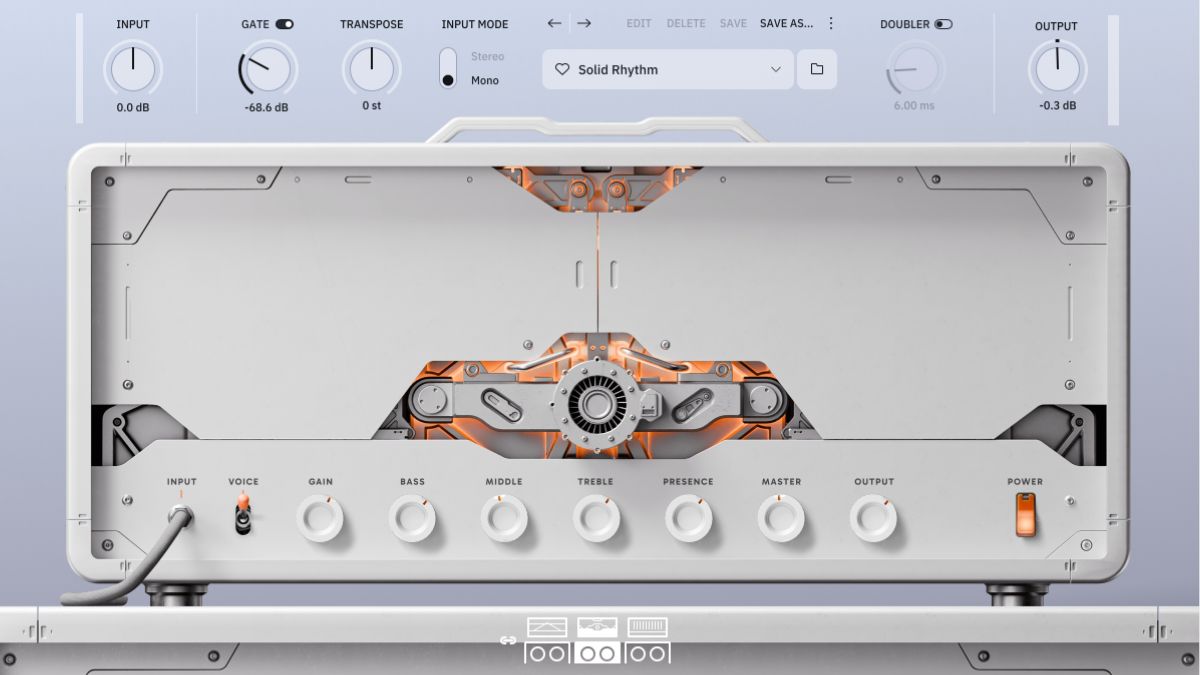Guitar World Verdict
Two of its three amps are the most versatile and manipulable amp plugins I’ve ever come across, and its ridiculous roster of accoutrements proves to be inspiration on tap. Navigating it is a piece of cake; choosing how to play with it is less so.
Pros
- +
Two highly tweakable amps capable of more than their names suggest.
- +
Decorated with a staggering amount of stompboxes.
- +
The Laser pedal offers beautiful chaos.
Cons
- -
The Rhythm amp is a little too fluffy and one-trick.
- -
Its array of options can be a little overwhelming.
- -
The Glitch pedal, while fun, isn't the easiest to tame.
You can trust Guitar World
What is it?
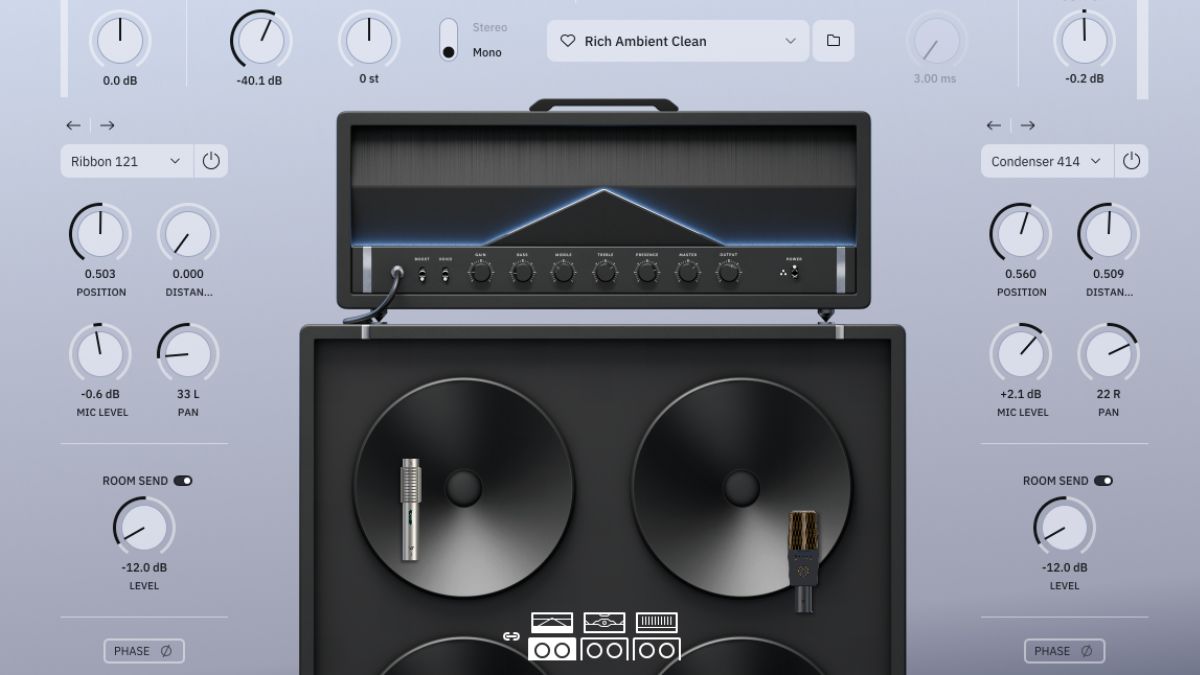
- Launch price: $125/€149
- Type: Plugin - 64-bit VST2 / VST3 / AU / AAX / Standalone
- Formats: Mac/PC
- System requirements (minimum): macOS® 13 Ventura (or higher), Intel Core i3 Processor (i3-4130 / i5-2500 or higher), Apple Silicon (M1 or higher), 8GB of RAM or more. Windows 10 (or higher), Intel Core i3 Processor (i3-4130 / i5-2500 or higher), AMD Quad-Core Processor (R5 2200G or higher), 8GB of RAM or more.
- Buy at: Neural DSP
Finnish tone fiends Neural DSP have been empowering bedroom guitarists for years now, with a suite of amp sim plugins growing exponentially since Fortin Nameless digitized the Meshuggah signature amp in 2018.
A slew of signature plugins for everyone from Plini and Mateus Asato to Gojira and Cory Wong have followed, all powered by TINA, its unique digital modelling software. And they’ve followed a familiar recipe: three amps, pre- and post-amp effects, a graphic EQ, cab sims, impulse responses, and heaps of tone. They, too, have typically offered a secret weapon each time – the Gojira added a Whammy-style effect and octaver to the game, Tim Henson’s a pitch-shifting Multivoicer.
But what makes these plugins different is that they don’t just copy well-loved amps. They always alter the recipe, such as adding a Presence dial to a Marshall that doesn’t usually have one.
Teaming up with Periphery and Jackson signature artist Misha Mansoor for its latest, things are no different.
Chief among its toys is the one-two of its Laser pedal, inspired by the DigiTech Whammy and delivering 19 pitch-shifting and ring-modulating modes, and the Glitch pedal. Built on granular processing, it takes a guitar signal, chops it, and shuffles it around for mad, very rhythmic chaos.
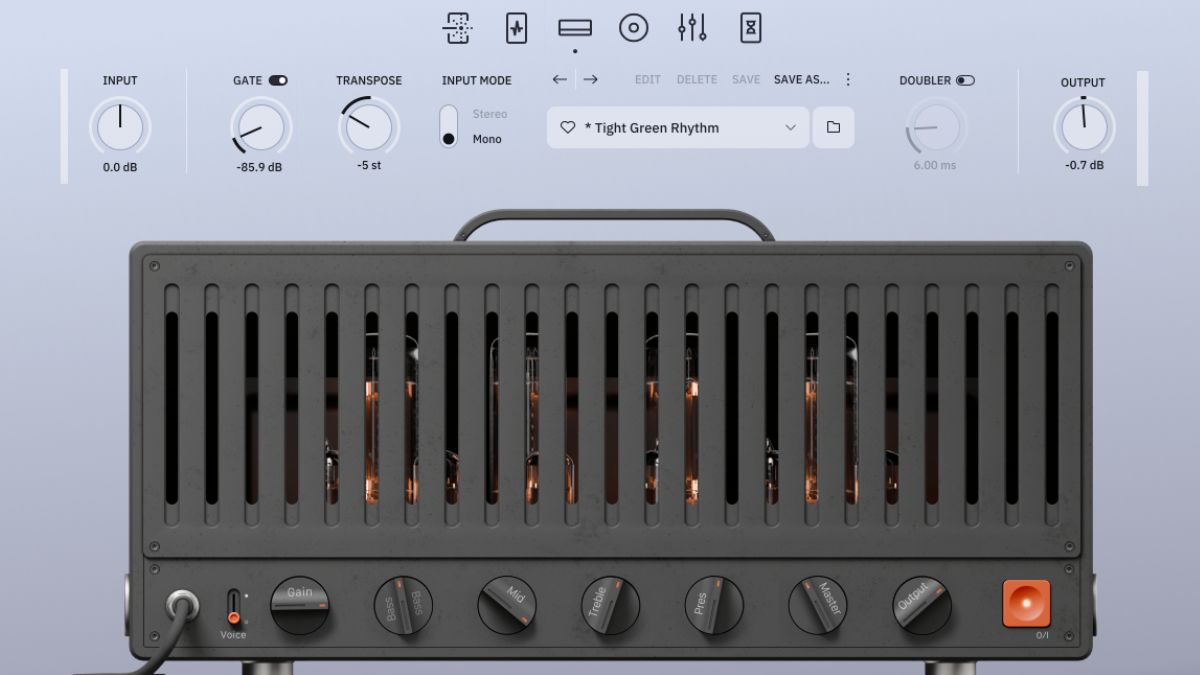
For pre-FX, two pedals from his brand, Horizon Devices – the Compressor and Precision Drive – sit in pride of place in the plugin's virtual pedalboard. They're joined by a Tape Echo, Dual Octaver, and Chaos pedal, a distortion pedal designed to imitate a chainsaw.
Amp-wise, there's a Mesa/Boogie-style clean, a Rhythm amp that’s a hybrid of an EVH 5150 and an Omega Ampworks Granophyre, and a Lead amp that focuses on hot-rodded British tones.
All the latest guitar news, interviews, lessons, reviews, deals and more, direct to your inbox!
Post-FX fun comes from a Modulator pedal for chorus and flanger flavors, a Stereo Delay, and Reverb, complete with an ethereal Shimmer mode that Neural users will recognize from its other plugins. There are also the universal features, including in/output dials, a Noise Gate, Transpose, and Doubler.
It’s one of the most feature-packed Neural DSP plugins, and arguably its most anticipated in years. So does it live up to expectations?
Specs

- Launch price: €125
- Type: Plugin - 64-bit VST2 / VST3 / AU / AAX / Standalone
- Formats: Mac/PC
- System requirements (minimum): macOS® 13 Ventura (or higher), Intel Core i3 Processor (i3-4130 / i5-2500 or higher), Apple Silicon (M1 or higher), 8GB of RAM or more. Windows 10 (or higher), Intel Core i3 Processor (i3-4130 / i5-2500 or higher), AMD Quad-Core Processor (R5 2200G or higher), 8GB of RAM or more.
- Contact: Neural DSP
Usability
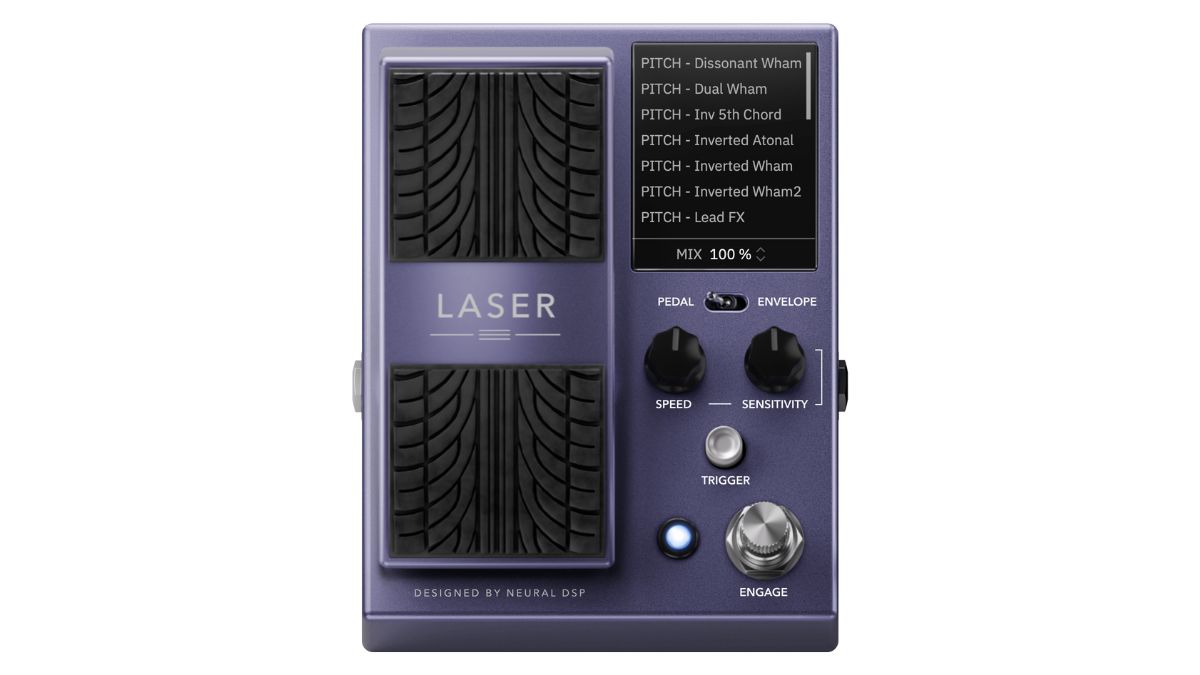
Those accustomed to Neural DSP’s amp sims will find this offering instantly recognizable. For those who aren’t, everything is well signposted and easy to find, with ample space left to make the plugin visually stimulating. The not-so-metal pastel colour scheme is a welcome touch, too.
Where this plugin asserts itself, however, is with its extended arsenal of effects. If anything, it’s a little overwhelming knowing where to start, given how extensive its toy collection is.
Looking at the traditional pre-FX, the Clarity Compressor offers a huge scope of tightening and detail accenting options, vastly outshining the compressor of Archetype: Henson, my previous go-to.
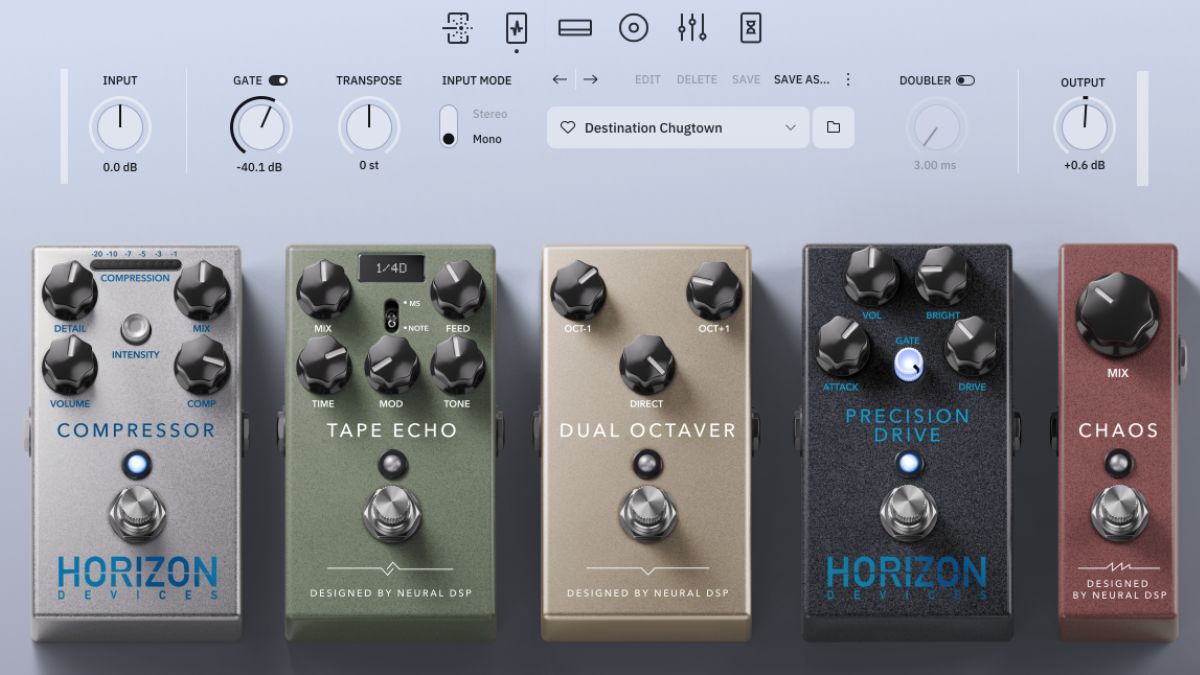
The Precision Drive, meanwhile, makes tones a little more animalistic, but does have a tendency to get a little fizzy around the edges. I’ve learned to handle it diligently, and the Drive dial itself is more often than not backed off entirely. The Attack and Bright controls do the necessary work.
The Chaos pedal is everything the Insane mode of a Line 6 Spider wishes it was
The Tape Echo is a novel addition, but I found myself turning on the Stereo Delay far more often, unless I wanted things to get really psychedelic, and the modulations are quite on-the-nose. They’re nothing remarkable, but useful bits of seasoning nevertheless.
The most fun can be had with the rest of its effects. The Chaos pedal is everything the Insane mode of a Line 6 Spider wishes it was, adding a buzzing, feral hiss to heavy rhythm tones, and the Glitch and Laser pedals are a whole other world unto themselves.
As its name suggests, the Laser is built to go pew pew, delivering sci-fi tones across 13 pitch-shifting presets and six ring-mod options.
The Trigger mini-switch is handy for instantaneous and momentary application, but the expression pedal is what I abused the most.
In Pedal mode, plugging an expression pedal in allows me to control its sweeps manually, while Envelope Mode reacts to my playing.
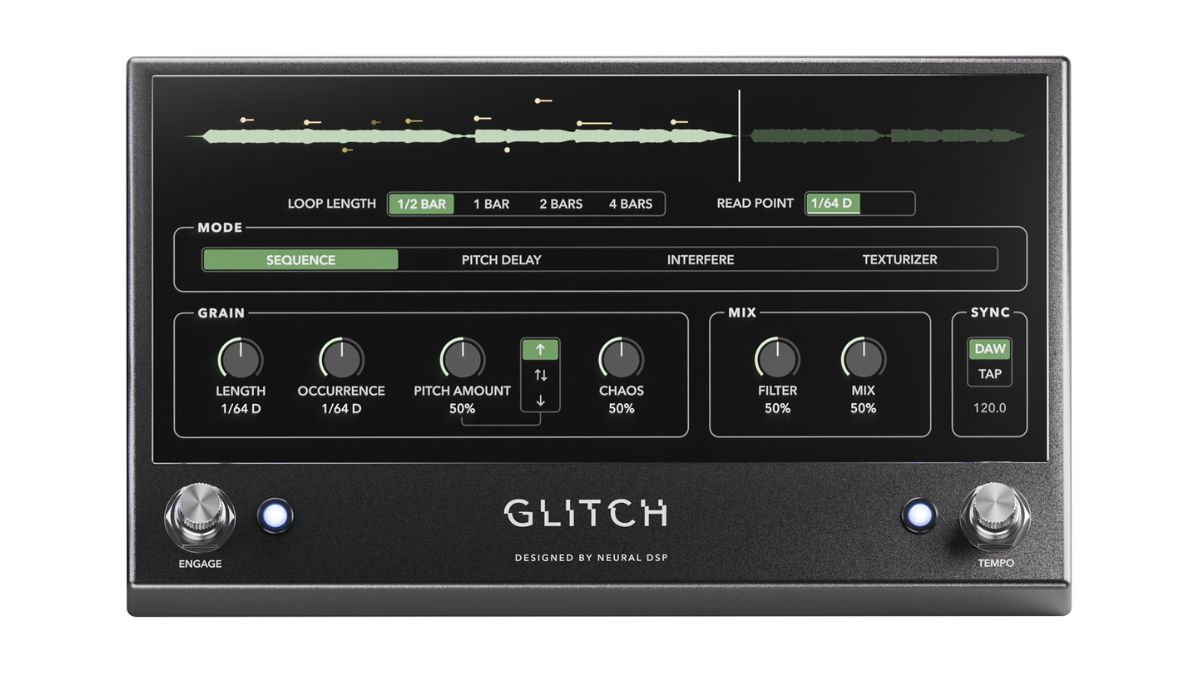
Here, the Sensitivity dial reacts to signal hum when cranked. It is better behaved when rolled back, but it isn't perfect. Using an expression pedal or MIDI automation for full dominion makes it far more usable, and a very fun tool to have, especially considering how wild it can get, with everything from Star Wars battle scene sounds to subtle detunes and inverted whammy sounds.
Doing a convincing Car Bomb impression has never been easier.
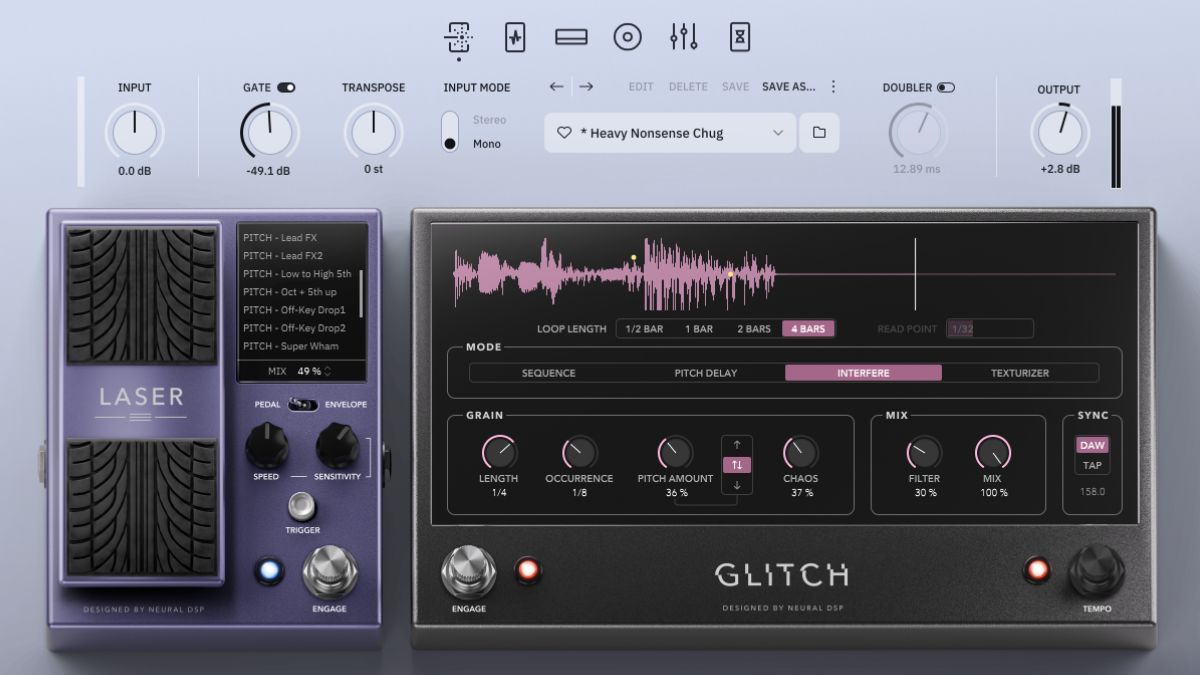
The ace up this plugin's sleeve is the Glitch, and it's definitely wild. While the Laser fares better when kept on a leash, this is all about randomness. Sure, there are parameters to set, such as defining the glitch loop length, character of the grain produced, and mix controls, but the randomness should still be embraced.
Of its four modes, Sequence is the most controlled, with notes played back in the order I played them, but with glitching strangeness injected in, with Interfere doing likewise, but with shorter grains that are far more random; it's the hyperactive little brother.
The Glitch pedal isn't the easiest to master, but its wild antics are well worth exploring
Pitch Delay is as I expected, with warped versions of my playing spat back out while Texturizer reverses the grains, for some really luscious sounds, especially on clean and edge-of-breakup tones, and was the one I frequented the most. It's certainly the easiest to get musical results from.
The pedal also reacts to pre-recorded parts, making it a fun post-production tool for adding unusual sounds in ambient breaks and outros, for instance.
In truth, I feel I’ve only just scratched the surface of what it can do, which is a plus and a minus – it’s not the easiest to master, but its wild antics are well worth exploring.
Sounds
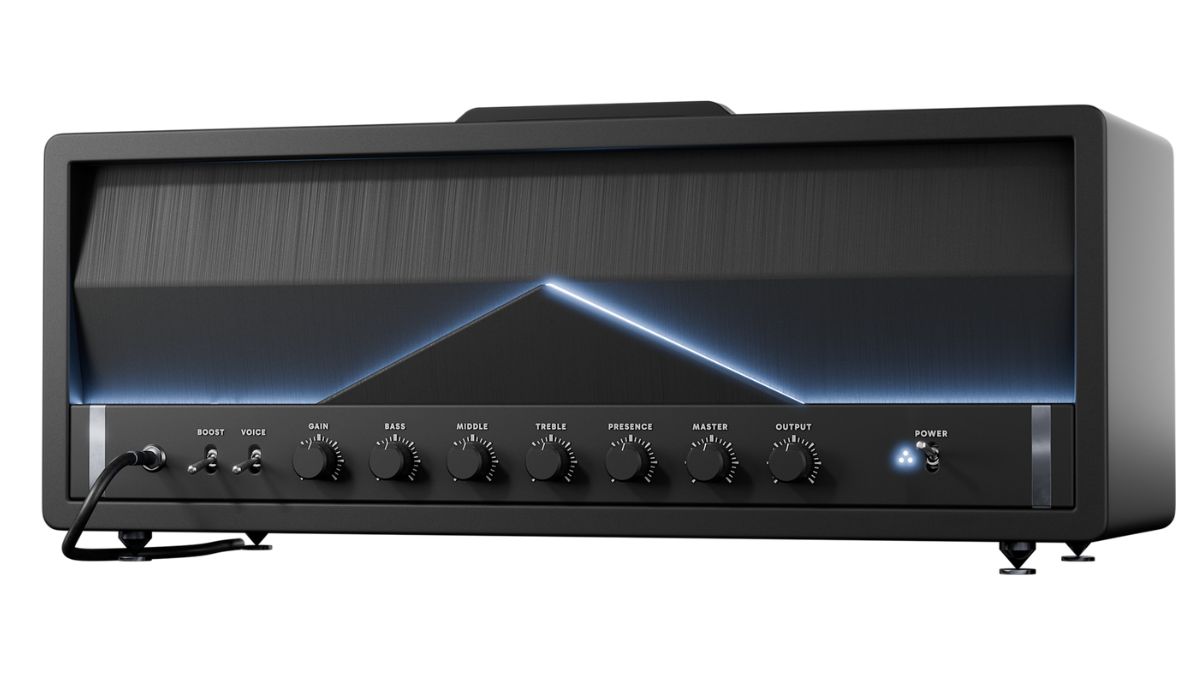
Notably here, Mansoor has taken creative license when designing its trio of virtual heads, with the Clean amp inspired by his love for high-end watches, while the tiny, portable, and very modern-looking head offers a visage in huge contrast to the British, Celestion Creamback sounds of the Marshall amp it is based on. It’s important, then, to do your reading before diving in; otherwise, you may find yourself sculpting an amp for the wrong intended purpose.
The Clean amp certainly lives up to its billing via crystalline tones with a little edge, like a clean channel on a high-gain metal amp, as opposed to the gentle charm of a blackface Fender. Sprinkle in a little reverb, and you've got a clear, if not a little vanilla, clean amp that is prone to breaking up when I play with a little more force.
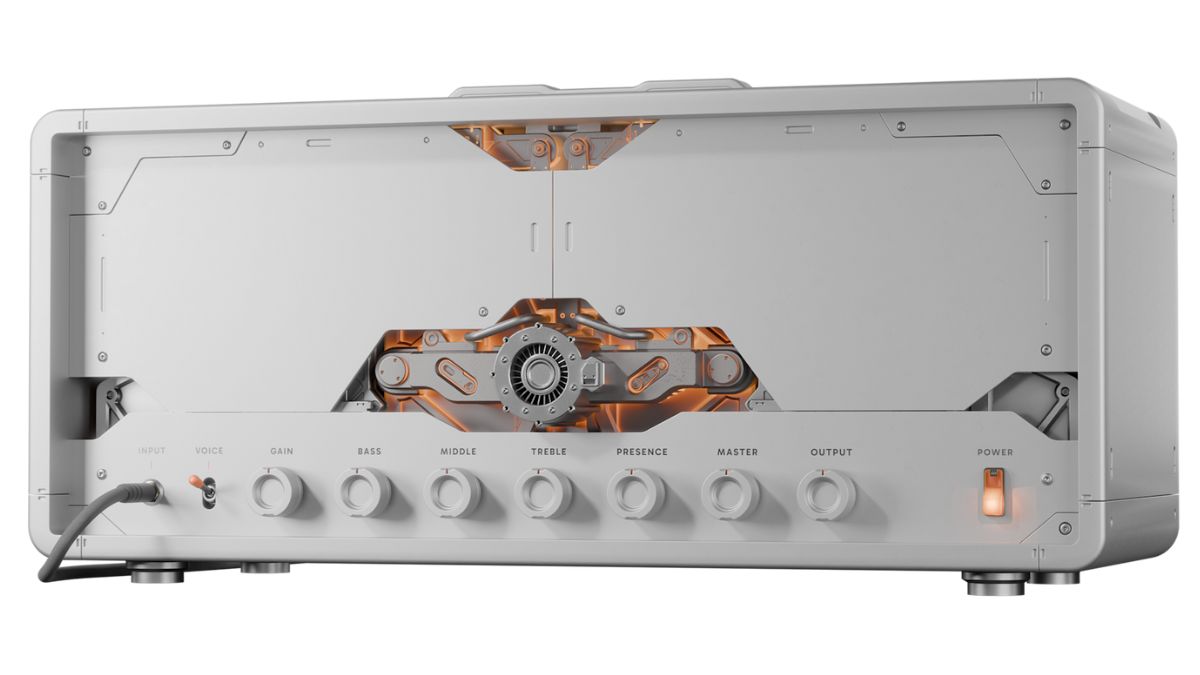
Use it as a tonal base for way more mileage. Leafing through the in-built presets, it has been transformed into a pretty convincing organ by utilizing the Dual Whammy function and Glitch for some trippy reverse delays. And it can also go heavy with the Dual Octaver, Drive, and Chaos pedals, combining for stank face-inducing fuzz anarchy, and trippy ethereal to boot. And as Haken's Rich Henshall proves with his presets, it can handle solos too, with the Drive's attack dial giving it enough of a push. It's not a one-trick pony.
The rhythm amp, conversely, is a little less transformable. It comes loaded with two voices offering different EQ voicings, with voice one more like the snarling 5150 tones most metal players are quick to gravitate to, and voice two bringing a more saggy saturation to the fore. Both handle the octaves well, performing with grit and clarity even in downtuned eight-string depths.
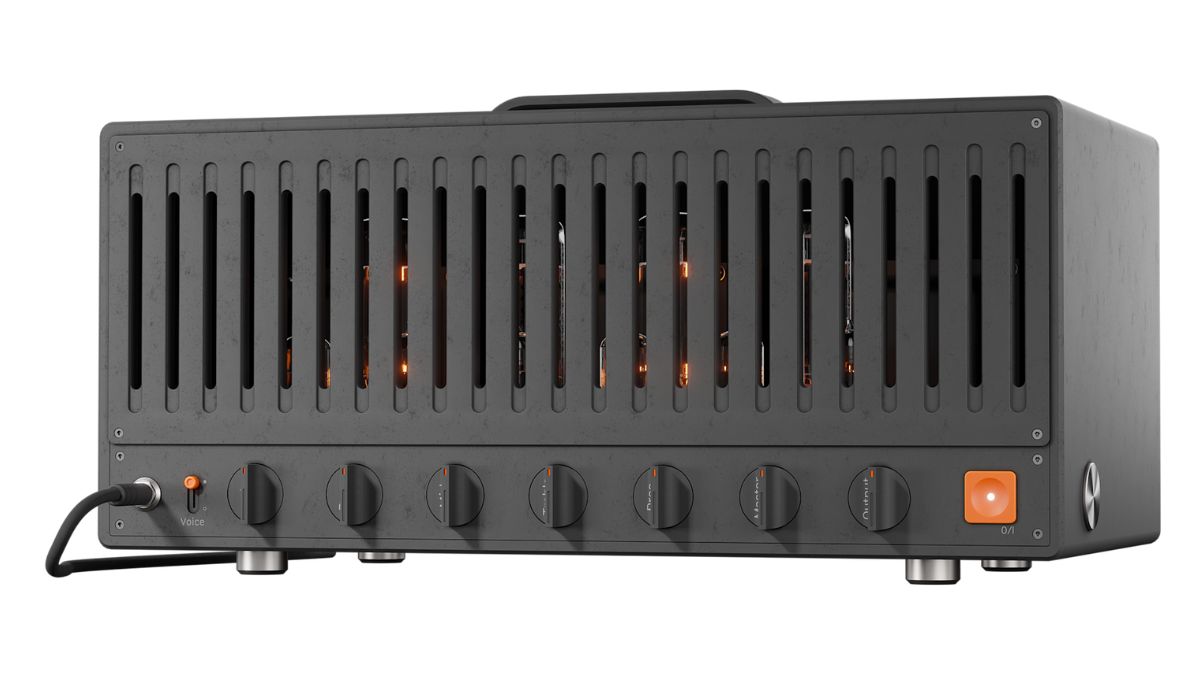
The Lead amp is warmer still, really leaning into hot-rodded Marshall territory with the bit between its teeth. There's an altogether more vintage feel to it, albeit with plenty of punch, meaning that it takes a little more taming for tighter sounds. But do so, and you have a feisty rhythm amp here which can be brought to contemporary speed, meaning if this were the only plugin you own, there are two solid-sounding amps for double-tracking metal. Maybe less so for jazz, although I did coax some fusion-y sounds out of it
Its lead tones are buttery smooth with clarity, even when the gain is pushed. That being said, its limited employment as a lead amp in the extensive bank of presets is surprising. I found it incredibly easy to craft a powerful but clear lead tone within a couple of minutes, leaning into what it's meant for. But as is the case with the Clean, there is more to the amp than meets the eye, and as a rhythm machine, it outstrips its stablemates. There’s a greater bite for me, with a heat that can be whipped into shape for those tight, gated riffs.
Verdict
Verdict: ★★★★☆
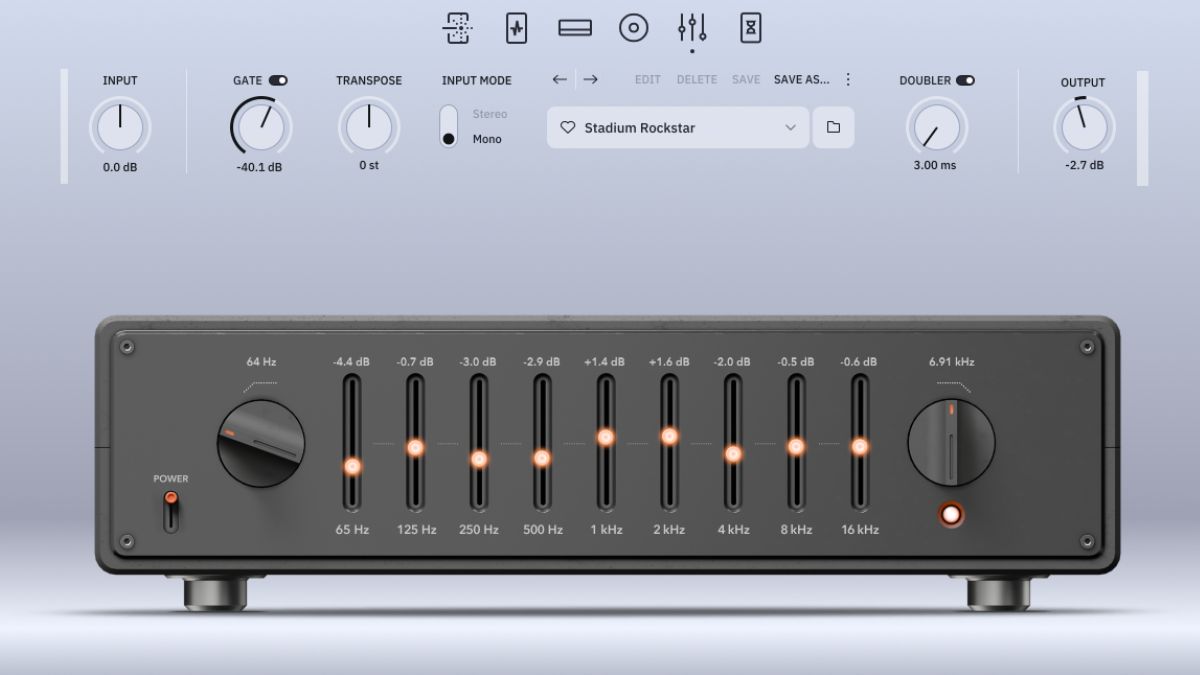
Expectations should be tempered before diving in, because Archetype: Misha Mansoor X doesn’t exactly behave like Neural DSP’s other plugins, and that is both its potential weakness and saving grace. I may have found the Lead amp far better at Rhythm tones than the Rhythm amp itself, and that the Clean amp can do way more than chime, but with that understood, I was able to manipulate the amp in far more ways.
It has enough features to make me content solely in its ecosystem
As an avid Neural DSP user, I’m not so sure it quite dethrones Nameless and Gojira outright. Instead, it can be one of the gang – it’s not better or worse, just different. Different enough to want to blend with other amps, even if it isn’t necessarily the first one I load up every time.
It has enough features to make me content solely in its ecosystem, and, after hours of exploring, there are still way more wonders to be found. As a toolkit to aid my creative process, there’s always something to get inspired by.
Guitar World verdict: Two of its three amps are the most versatile and manipulable amp plugins I’ve ever come across, and its ridiculous roster of accoutrements has proved to be inspiration on tap. Navigating it is a piece of cake, choosing how to play with it is less so.
Hands-on videos
Neural DSP

A freelance writer with a penchant for music that gets weird, Phil is a regular contributor to Prog, Guitar World, and Total Guitar magazines and is especially keen on shining a light on unknown artists. Outside of the journalism realm, you can find him writing angular riffs in progressive metal band, Prognosis, in which he slings an 8-string Strandberg Boden Original, churning that low string through a variety of tunings. He's also a published author and is currently penning his debut novel which chucks fantasy, mythology and humanity into a great big melting pot.
You must confirm your public display name before commenting
Please logout and then login again, you will then be prompted to enter your display name.
